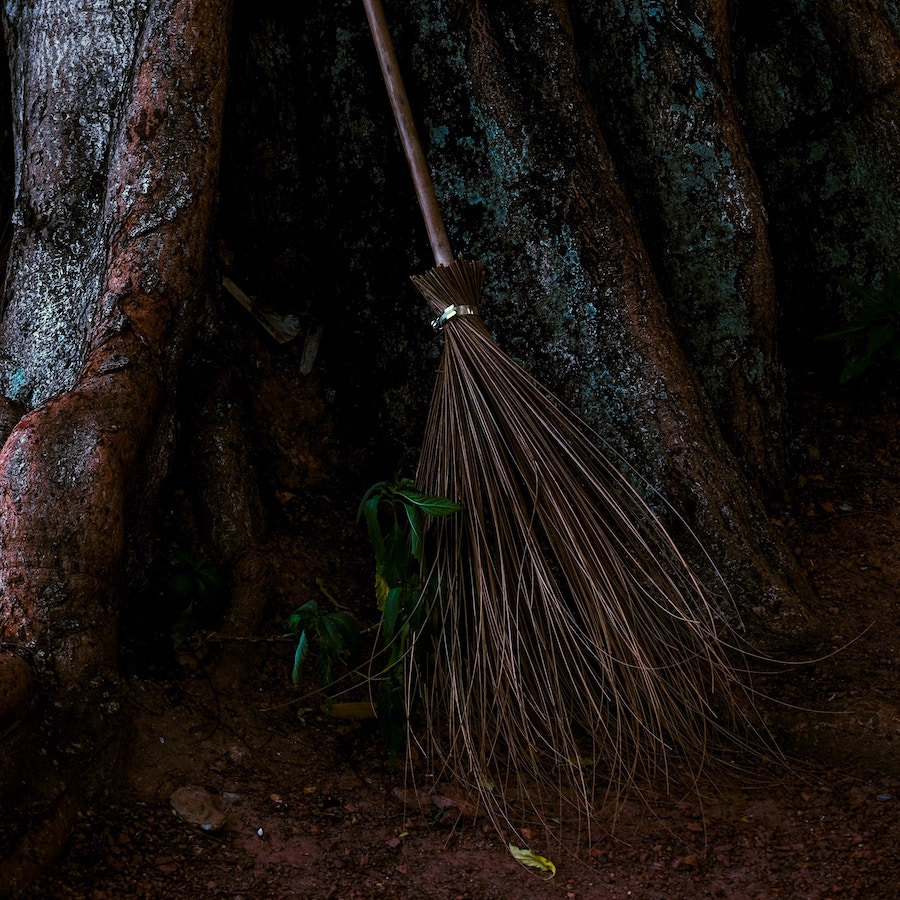 The Wheel of the Year
The Wheel of the Year
The Pagan Wheel of the Year is a sacred calendar that celebrates the changing seasons and the cycles of nature. Rooted in ancient traditions and beliefs, this wheel offers a profound connection to the natural world, fostering a deeper understanding of the ebb and flow of life. Join us as we explore the significance and celebrations of this captivating pagan tradition.
Understanding the Pagan Wheel of the Year
The Pagan Wheel of the Year is a representation of the eight key seasonal festivals celebrated in various pagan traditions. It is believed that these festivals mark important moments in the cycle of life, honoring the changing seasons and the spiritual significance they hold. Each festival is associated with a specific point in the solar calendar and reflects a unique aspect of nature’s journey, from the death and rebirth of the Earth to the bountiful harvests.
The Eight Festivals
The Wheel of the Year is comprised of four solar festivals, known as the quarter days, and four agricultural festivals, known as the cross-quarter days. The quarter days divide the year into equal parts, marking the solstices and equinoxes. These festivals include:
- Yule (Winter Solstice): Celebrated around December 21st, it honors the rebirth of the sun and the return of light during the darkest days of winter.
- Ostara (Spring Equinox): Occurring around March 21st, this festival heralds the arrival of spring and the balance between light and darkness.
- Litha (Summer Solstice): Celebrated near June 21st, Litha marks the height of summer and the longest day of the year, honoring the sun’s power.
- Mabon (Autumn Equinox): Occurring around September 21st, Mabon signifies the arrival of autumn and the gratitude for the harvest’s abundance.
The cross-quarter days fall between the quarter days and symbolize the agricultural cycle. These festivals include:
- Imbolc: Celebrated on February 2nd, it represents the first signs of spring and the return of life to the earth.
- Beltane: Celebrated on May 1st, Beltane welcomes the arrival of summer and celebrates fertility and growth.
- Lammas: Occurring on August 1st, Lammas rejoices in the first harvest and the abundance of the earth.
- Samhain: Celebrated on October 31st, Samhain honors the end of the harvest season and pays tribute to ancestors and departed souls.
Celebrating the Wheel of the Year
Celebrating the Wheel of the Year involves embracing the specific themes and energies of each festival. Pagans engage in rituals, ceremonies, and communal gatherings to honor the cycle of nature and connect with their spirituality. These celebrations may include lighting bonfires, making offerings, creating altars, dancing, feasting, and practicing divination.
Moreover, the Wheel of the Year invites individuals to attune themselves to the natural world, observing the subtle changes in the environment and aligning their lives with the seasons. It serves as a reminder of the interconnectedness between humans and nature, encouraging a sense of reverence, gratitude, and harmony with the Earth.
The Pagan Wheel of the Year offers a beautiful framework for honoring the seasons and embracing the natural cycles of life. By celebrating the festivals within this sacred calendar, individuals can deepen their connection to the Earth, find spiritual meaning, and foster a profound appreciation for the wonders of the natural world.




